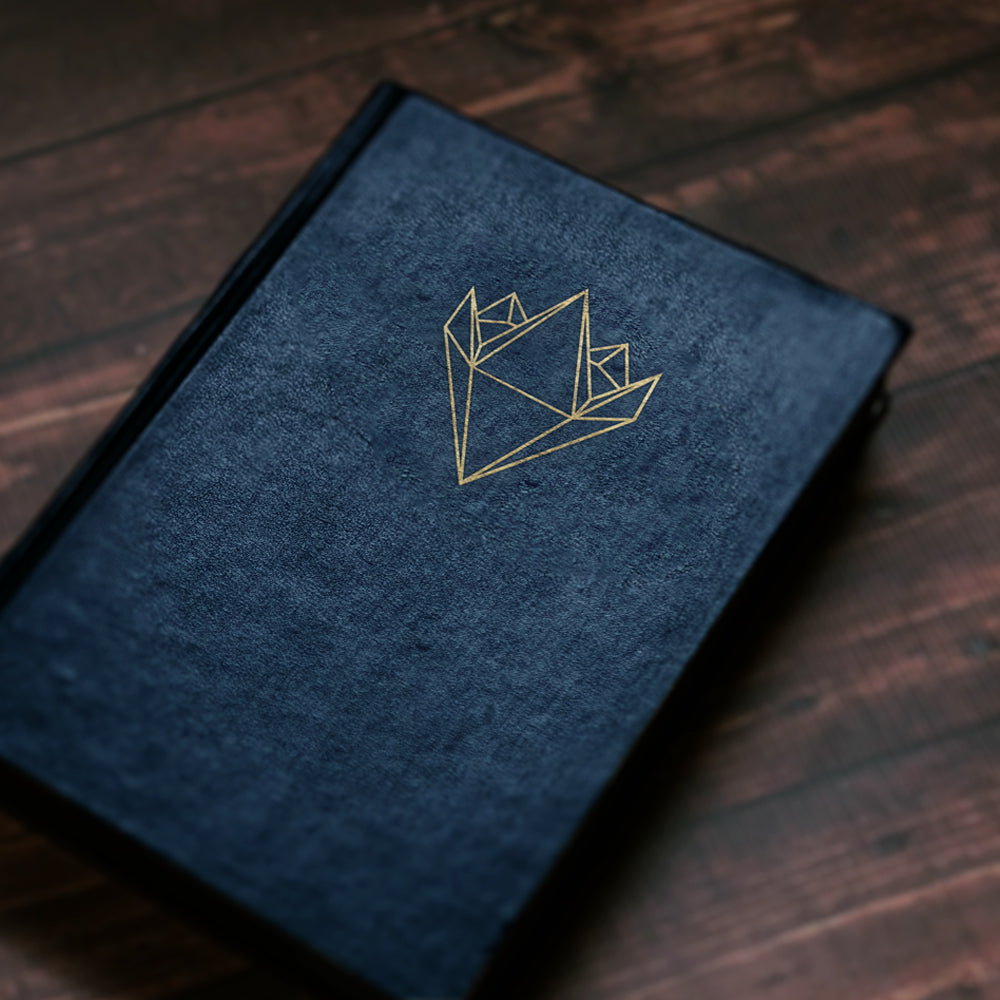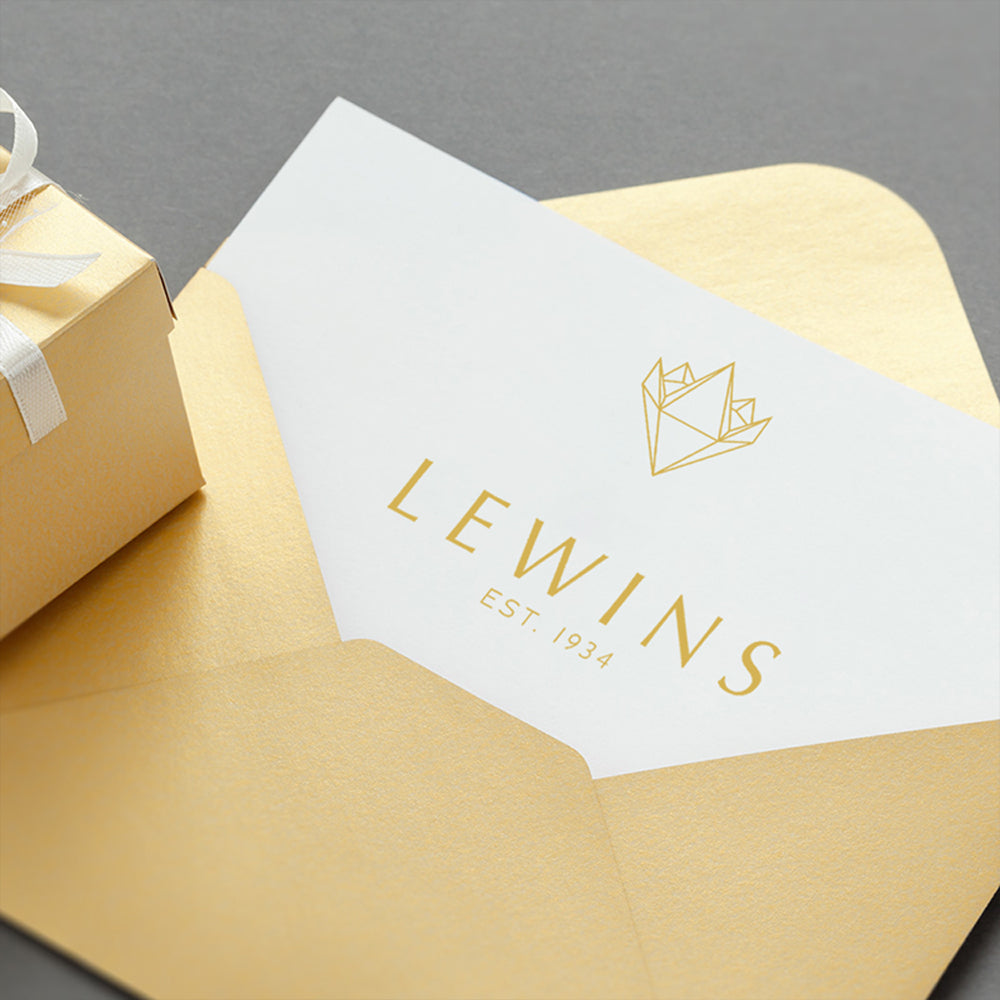Material: 9ct Rose Gold
Brand: Lewins Vintage, Charles Daniel Broughton
Style: Figaro
Neckline: Opera: 28" - 37"
Clasp Design: Swivel
Anniversary: Gold - 1st, 50th
Length: 28.5"
Weight: 9.8 grams
Condition: Good (wear consistent with age and use)
Period: Antique, Victorian
Hallmark: The standard mark, “9.375”. The maker’s or sponsor's mark “CDB”, indicating Charles Daniel Broughton, an acclaimed Victorian gold & silver chain maker, registered in 1881, in Birmingham.
Jewellery Odyssey:
The origin of the design is ultimately unknown. Culturally however, the design has a strong Italian connection, that roots back to the 18th century. Pierre-Augustin Caron de Beaumarchais, a French dramatist, created three comedies of intrigue. Each revolving around his central working class hero, a barber surgeon turned valet, named Figaro. The successful operatic adaptations of two of the plays; “The Marriage of Figaro” by Wolfgang Amadeus Mozart (1786) and “The Barber of Seville” by Gioachino Rossini (1816), made them into true masterpieces. In Rossini’s version, the character of Figaro enters the scene, signing “Largo al Factotum”, famous for it’s repeated “Figaro! Figaro! Figaro!”. Figaro declares in his soliloquy “without the freedom to criticise, there can be no truly flattering praise….I can publish whatever I like, subject only to inspection by two or three censors…I am suppressed”.
In the late-18th and early-19th Century Italy, these classical operatic showpieces were a great success and very popular. Equally fashionable at the time, was the wearing of the chain that was designed with an elongated link intersecting three smaller links. The chain became eponymous with the renowned witty character, who rebelled against; aristocracy, high social classes and censorship - and so it was named Figaro.
The repeated pattern of two or three smaller links separated by a single elongated oval link, has made this chain both unique and distinctive in its design. Classically the two or three smaller links are made using curb. However variations to the Figaro design, have seen the iconic elongated link separating smaller sections of trace, belcher, cable and many other alternative design links.
Currently, there are no standard bespoke alterations, available for this item. However, if you have a question regarding an alteration you wish to make to the item, please let us know. You can either fill out the enquiry form below, or contact us directly. We will see if we can help to make any provisions for your request, or advise you further.
Jewellery Care Precautions:
Avoid direct contact with: perfume, lotions, skincare, hairspray / other chemicals. Remove, your jewellery: when showering, swimming (as both chlorine and saltwater will react with metals), washing your hands / using hand sanitisers, before going to bed or when participating in physical activities (going to the gym, exercising, gardening, housework etc….).
Beware, metals may tarnish over time due to oxygen contact and natural body oils. Prevent items from being exposed to moisture and direct sunlight, for long periods. Store jewellery in a dry place away from humidity, in a pouch/jewellery box and keep each piece separated from each other. Care, for your jewellery by cleaning with a soft dry cloth.
Rose Gold:
Rose gold is not an element and does not occur naturally in a pure form. Pure yellow gold is mixed with alloys of copper and sometimes silver to produce, a reddish pink coloured alloy, known as rose gold. The colour and depth of rose gold will vary, depending on the ratio of yellow gold to copper. The lower the carat of yellow gold, the higher the copper content, the deeper the colour. The colour of 9ct rose gold will be a deeper reddish-pink, 14ct rose gold will have a subtle rosy pink colour and 18ct rose gold, will show a soft champagne pink colour with a yellow undertone.
Over time and especially in humid conditions, the copper alloy naturally oxidises with the air, causing rose gold jewellery to develop a deeper reddish patina. Seen frequently in antique rose gold jewellery, this patina takes years to develop and adds a desirable vintage essence to the jewellery.
Whilst rose gold jewellery will not discolour easily, it is important to avoid exposure to household chemicals, bleaches, toothpaste, baking soda and other cleaning abrasives. Wearing jewellery in places where perfumes, hairsprays, body lotions have been applied on your body, will increase tarnishing. Wear your jewellery after the products have been applied. To clean your rose gold jewellery, use a mild soap with warm water and dry with a soft cloth. For professional cleaning, our workshop can polish your jewellery back to life.
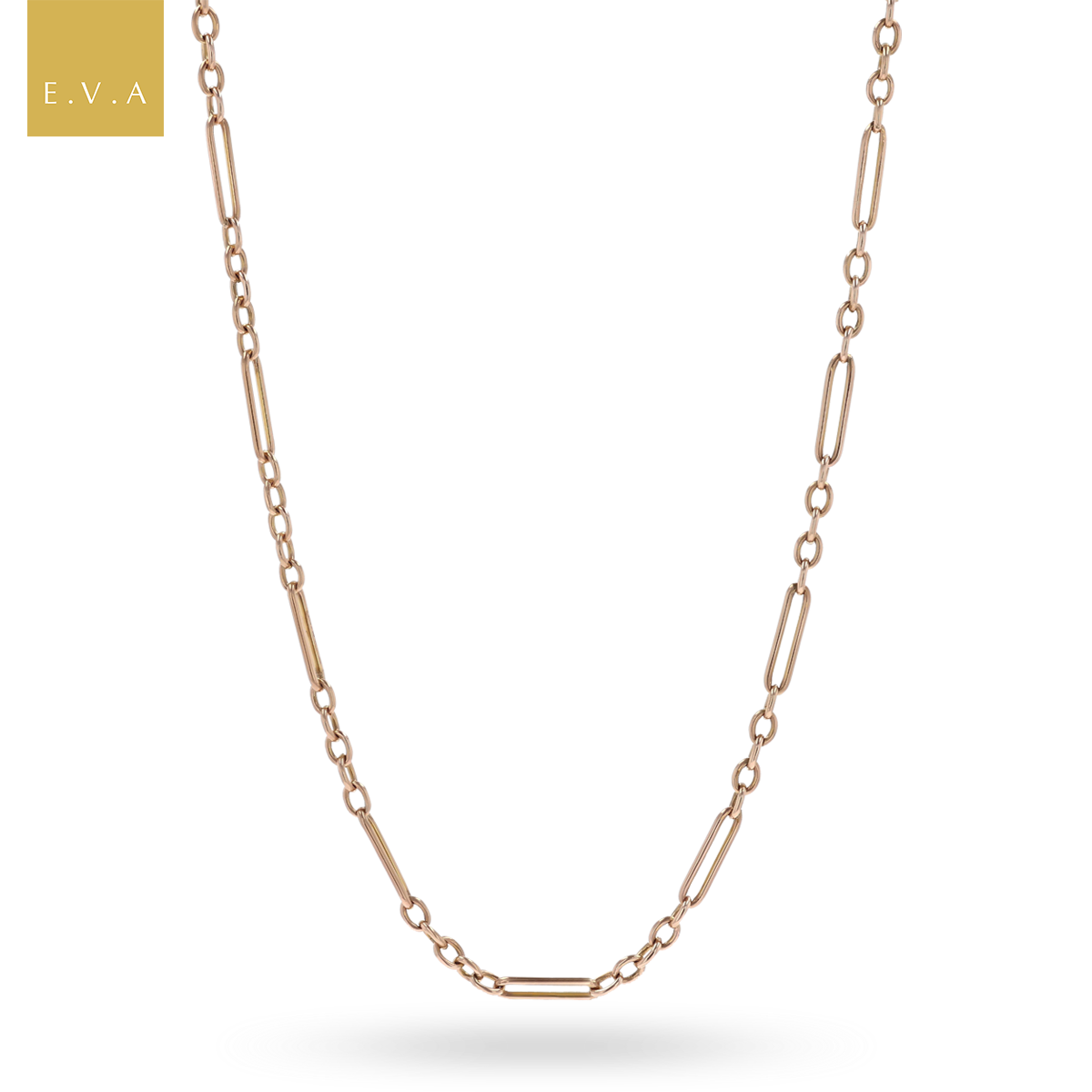




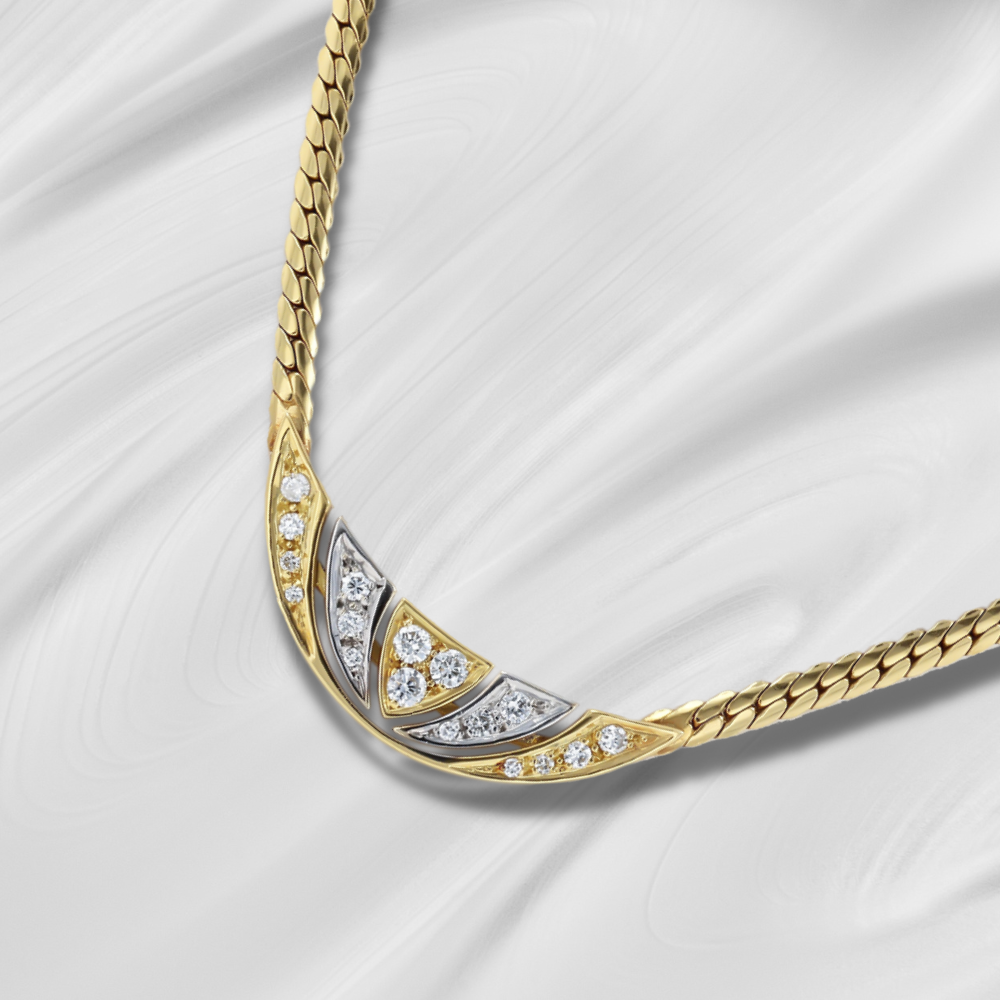

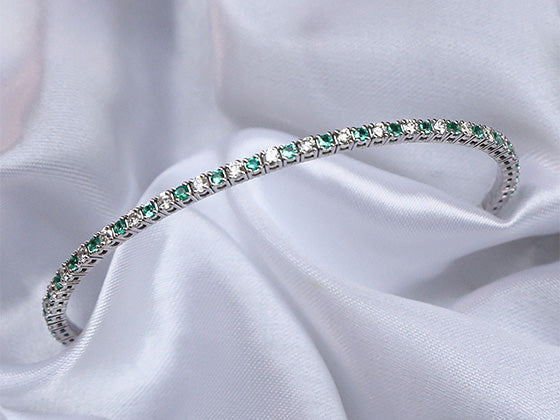

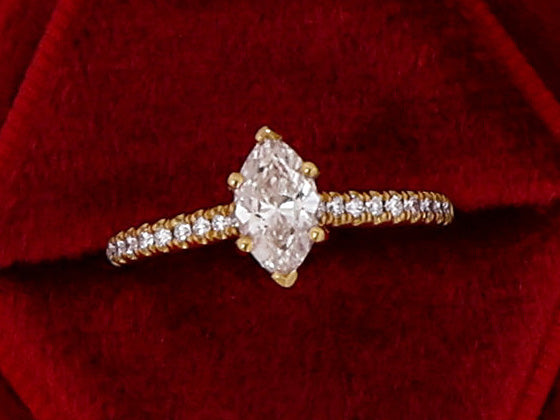
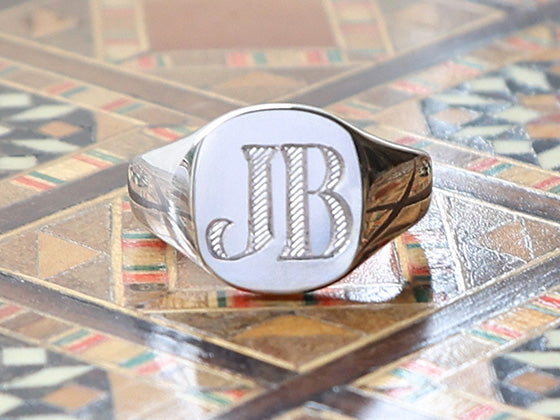
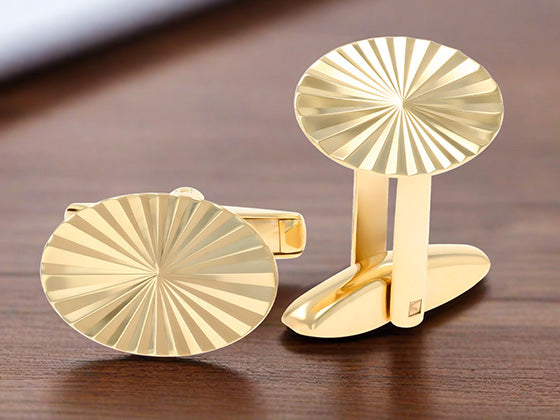
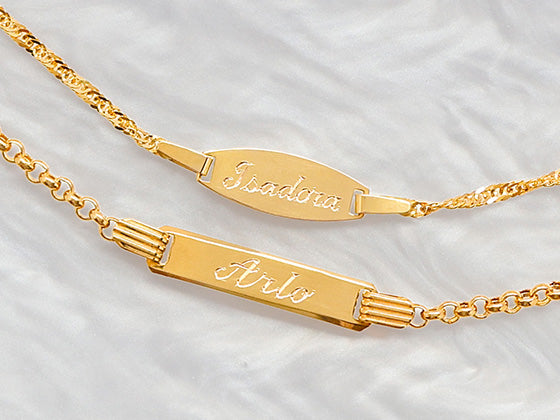
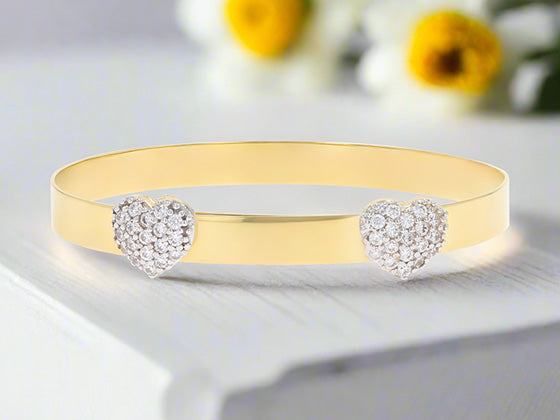
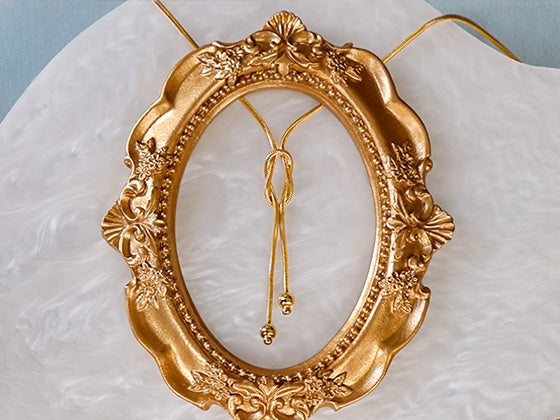
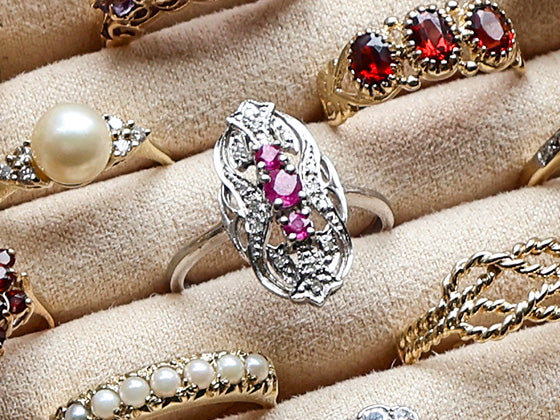
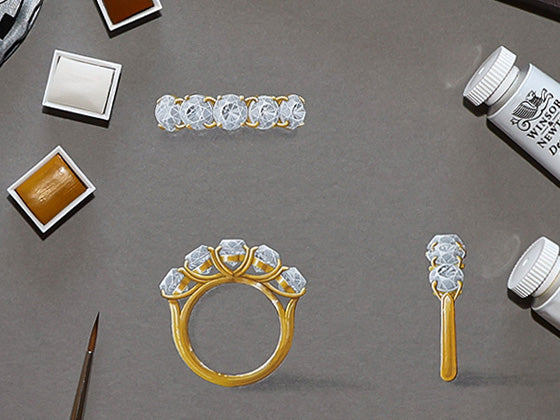
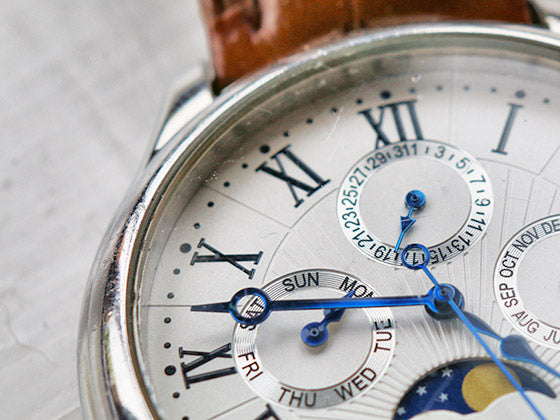
 Contact Us
Contact Us






